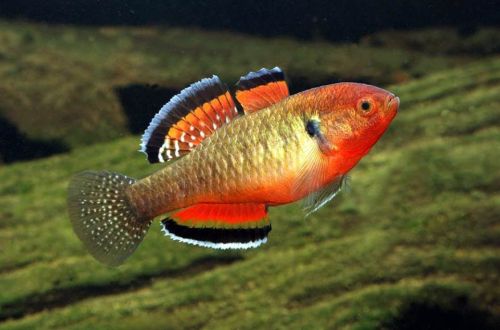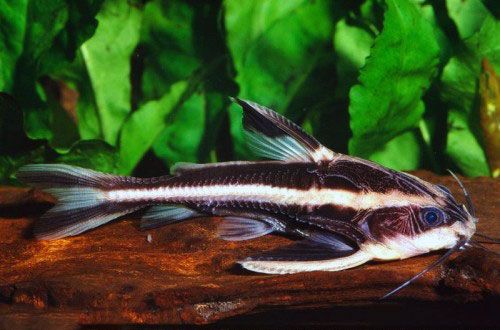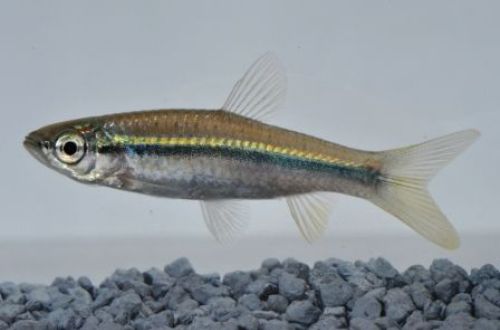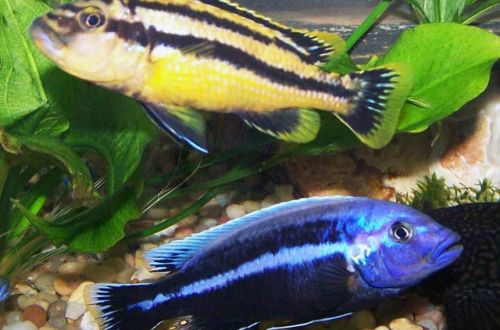
Melanochromis Chipoka
Melanochromis chipokae, scientific name Melanochromis chipokae, belongs to the Cichlidae family. Introduce groups of Mbuna cichlids characterized by aggressive behavior. It is this feature that is the main problem in keeping, therefore it is not recommended for beginner aquarists.

Contents
Habitat
Endemic to African Lake Malawi. It is found only in the southwestern part of the lake near the city of Chipoka. It lives near the coast, characterized by sandy substrates at the bottom and rocky shores.
Brief information:
- The volume of the aquarium – from 200 liters.
- Temperature – 24-28°C
- Value pH — 7.6–8.8
- Water hardness – medium to high hardness (10-25 dGH)
- Substrate type – sandy
- Lighting – moderate
- Brackish water – no
- Water movement – weak, moderate
- The size of the fish is about 12 cm.
- Nutrition – plant-based food
- Temperament – aggressive
- Keeping in a harem with one male and several females
Description
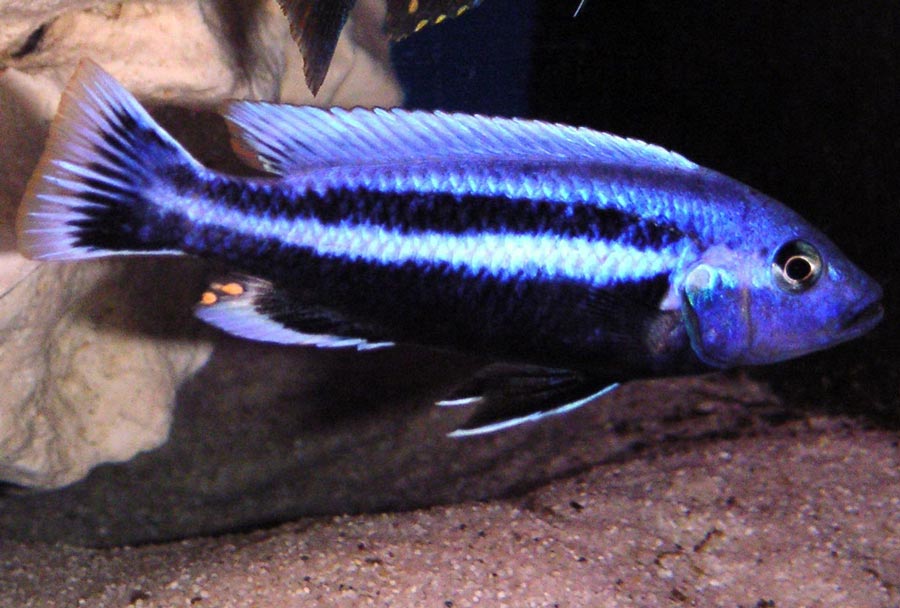
Adult individuals reach a length of about 12 cm. Sexual dimorphism is pronounced. The alpha male is yellow with black horizontal stripes. Females, young fish and subdominant males are painted in deep blue and blue colors.
Food
Accepts most aquarium foods (dry, frozen and live). The main condition is that a large number of herbal supplements should be provided in the diet. These can be spirulina flakes, nori pieces, etc.
Maintenance and care, arrangement of the aquarium
The optimal size of the aquarium for a small group of fish starts from 200 liters. The layout is quite simple. They use a sandy substrate and several large stones, fragments of rocks with smooth edges from which they form grottoes, gorges, etc. Any hollow objects suitable for placement in an aquarium can serve as a place for shelter. Live plants are not required. Additionally, you can use natural driftwood. With sufficient light levels, they will become a breeding ground for algae – an additional food source for Chipok’s Melanochromis.
Behavior and Compatibility
Aggressive and territorial look. First of all, this applies to males. In a tank up to 200 liters, it is permissible to keep only one dominant male (it can be seen by color) in a company with several females. The alpha male occupies a certain area on the bottom and fiercely guards it, and females will also be attacked, which is why shelters should be provided. An increase in the number of species is possible only with an increase in the volume of the aquarium.
Breeding / breeding
Breeding Chipok Melanochromis in home aquaria is possible, but fraught with great difficulties. The main problem is the excessive aggression of the male, which only intensifies with the onset of the mating season. His inducement of females to mating may even end in the death of the latter. You can avoid such a sad fate if you provide reliable shelters and keep at least 3 females. In this case, aggression will be dispersed among several.
When the female is ready, she accepts courtship and alternately lays several portions of eggs. After fertilization, he immediately takes them into his mouth. Further, the entire incubation period will take place in the mouth of the female. Such behavior during spawning has developed evolutionarily and is associated with the need to protect offspring in the very competitive environment of Lake Malawi.
Fish diseases
The main cause of most diseases in Malawian cichlids is inadequate housing conditions and poor quality food, which often leads to such a disease as Malawi bloat. If the first symptoms are detected, you should check the water parameters and the presence of high concentrations of hazardous substances (ammonia, nitrites, nitrates, etc.), if necessary, bring all indicators back to normal and only then proceed with treatment. Read more about symptoms and treatments in the Aquarium Fish Diseases section.



